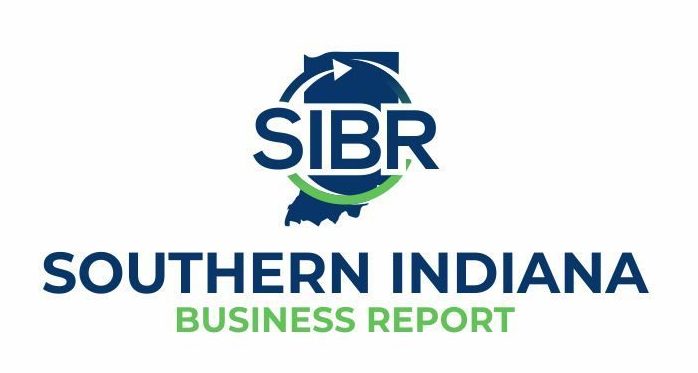Carol Johnson, Southern Indiana Business Report
For years, rural Indiana’s economy has been increasingly vulnerable to job loss, population decline and shrinking prosperity, as educated young people leave their hometowns for opportunities in urban areas. Those who do stay may struggle to make ends meet as lower-paying service jobs have replaced manufacturing jobs.
The creation of regional opportunity organizations and programs such as Indiana’s Regional Economic Acceleration and Development Initiative (READI) are encouraging neighboring counties, cities and towns to work together on projects that will retain talent and attract new residents.
A recent analysis by the Indiana Business Research Center at the Indiana University Kelley School of Business showed some rural counties saw their populations increase in 2022.
In the eight-county Radius Indiana region, all but one county added residents in 2021-2022. Greene County made the largest gain at 180 residents followed by Lawrence County picking up 177. Orange County’s population declined 0.96%, losing 189 residents.
In the year 2020-2021, just three Radius counties (Daviess, Greene and Lawrence) experienced growth.
Shance Sizemore, CEO of the Lawrence County Economic Growth Council and Bedford Chamber, said the population uptick is a good sign that investments in rural counties in areas such as infrastructure and quality of life can lead to growth.
“We’re happy to see that growth and hopefully the tide is turning a little bit,” he said. “Seeing that shift in Lawrence County and the Radius region as a whole gives us hope.”
Sizemore said priorities changed during the pandemic and for some adults, that meant changing jobs, changing locales or leaving the workforce altogether.
“We had a few people reach out to us during the pandemic who were coming from a large metro area and looked in this area because they want their kids to be able to be outside and play and have more room to spread out,” he said.
The desire to live in an area with a low crime rate also is appealing to those looking to move from large cities to small rural towns. Housing is another draw.
“We’re seeing in Lawrence County, folks moving out of Bloomington because of the cost of housing,” Sizemore said.
The analysis also revealed that five rural counties were among Indiana’s fastest growing counties in 2022. As reported by Inside Indiana Business, the state’s 23 rural counties — counties that are not designated as being part of either a metropolitan or micropolitan statistical area by the U.S. Office of Management and Budget — combined for a 0.1% increase last year. Between 2010 and 2020, only five rural counties posted any population gain, and rural Indiana declined by 2.2% during that decade.
As a state, Indiana added just under 20,000 residents in 2022. The change is the smallest annual increase since 2015 and only the second time in 35 years that Indiana added fewer than 20,000 residents in a year.
At the Lawrence County Economic Growth Council, Sizemore said he and his staff have focused on career and workforce development to build a skilled workforce and give residents the means to prosper. A strong education system is also critical for rural areas.
“We work closely with Mitchell and North Lawrence to get them to be a pinnacle of education,” he said. “When we talk about attracting families, one of our priorities as a community is how do we ensure our schools have the resources to be in that top tier of schools.”
Time will tell if the population growth is the beginning of a sustained trend or a brief deviation. But for rural counties that, for too long, have seen people leave, it’s a promising sign.
“A community can’t be everything to everybody. We’re not Chicago or Indianapolis, but what we do have in southern Indiana is beautiful hills, trees, access to hiking in the Hoosier National and we’re close to Lake Monroe,” Sizemore said. “Whether you like hiking or kayaking, you can do that nearby.”
A study looking at rural populations across the country found that recent growth has come from people of color.
In 2021, the racial makeup of counties in the Radius region was 96.7% white; the largest ethnicity/race was Hispanic, at 3.8%. In Indiana, the racial makeup was 84.2% white, 10.2% Black and 7.7% Hispanic.
“Rural communities have to think about … as we have shifts in different populations and diversity, how do we position ourselves so we are welcoming to individuals who aren’t from our community and educate those currently in our community to create those bridges,” Sizemore said. “Communities who do that well will see growth.”



